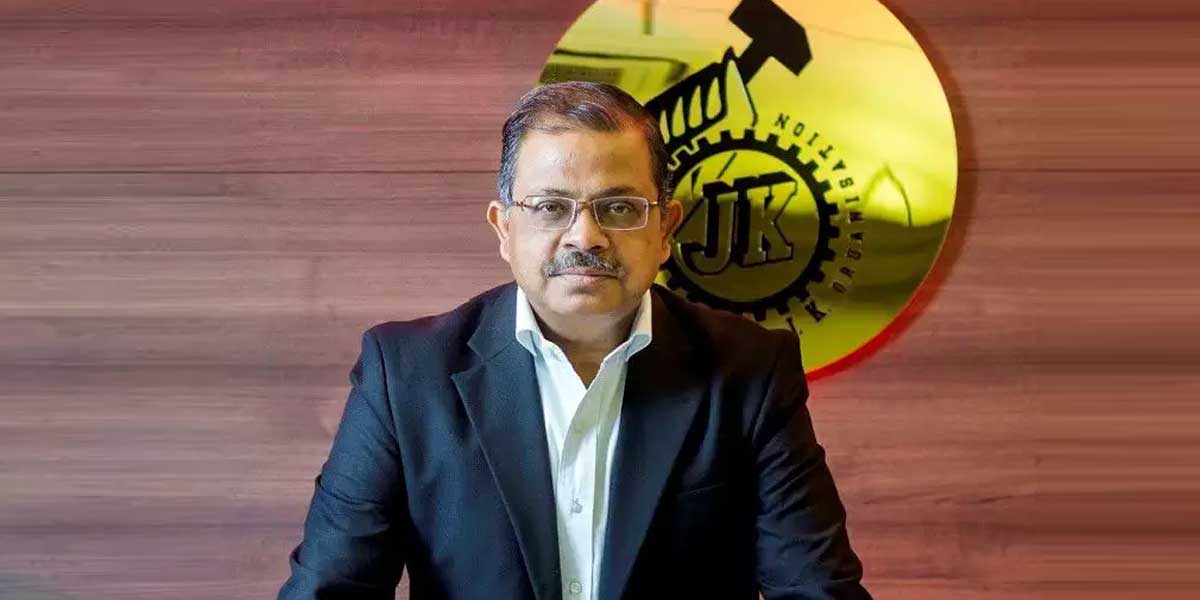

Along with core transactional system, we also have SAP BI/BW landscape to cater to the effective MIS and data management respectively.
As the SAP landscape kept on maturing at JKCL, we added few more functionalities like CRM using SAP C4C, Treasury and Risk Management (TRM), Business Planning and Consolidation (BPC), Success Factors (HRMS), etc.
In the year 2018, we migrated our database to HANA, thereby converting the system as Suite on HANA (SoH), resulting in a much Efficient and Effective ERP with in-memory computing. Also the migration to SoH brought it a step closer to SAP S4/HANA, which is planned for implementation soon.
I sincerely feel that when it comes to managing a Multi Business, Multi Geography system, SAP is definitely an asset and a great enabler.
The usage percentage may differ from organization to organization – but not because SAP is not useful, but largely on the Organizational appetite for having a centralised ERP with the varied degree of checks and controls desired.
At JKCL, conservatively speaking, SAP is the pivot of every functions data capturing and reporting, and is being used to its optimum.
In fact we’ve configured SAP SD module not only to capture sales data (SO, Invoices, etc.), but to an extent that the transactional data being captured passes through multiple validations, bringing in stricter controls which help us maximize the potential from each transaction.
In manufacturing, the PP, QM, PM modules (over and above MM module for inventory management) enable us in bringing up the cost controls, effective plant maintenance, Digital Quality certificates generation, etc.
The retention module is automated and provides desired visibility to the leadership team in planning on day-to-day basis.v BPC tool uses the Sales and manufacturing data in Planning process, providing a near exact precision in MRP, Sales, Costing data points.
The vehicles waiting outside the plant in yard, is through an organized sequence based controlled yard management and is never chaotic at JKCL. With a complete visibility on every vehicle from Yard-in to Yard out and en-route, we have been able to effectively manage the logistics at all plants.
We were able to bring down the logistics cost considerably through automation at various levels. Some of them are. :
a) RFID based in-plant tracking system – reduction in TAT
b) GPS based track and trace of vehicles – visibility on Route, short trips, diversion, etc.
c) Online bidding among transporters. – reduction in freight
d) E proof of delivery (ePOD) – visibility to customers and faster resolution of billing related transactions for transportersv
e) Linear programming based best route selection for a faster delivery, reduced freight and timelines.
IoT can play a big role in organization wise integration of various equipment and machinery, wherein the conversion from manual intervention based tweaking to an automated plant controls – will bring in harmonised production and a proactive plant management.
For IoT, we are in process of strengthening our Plant Operations through :
a) Cordoning the Operational Technology (OT) with strong security controls.
b) Use of IoT for efficient remote monitoring and control.
c) Integrating IT and OT for an overall view to the leadership team.
d) Use of AR+VR for remote maintenance and support
We use IT enabled tools to impart trainings to our manpower in both technical as well as behavioural aspects.
The best example is utilizing the learning and Development tools during the lockdown period, wherein more than 50 new modules were uploaded on our online Learning Management System (LMS), along with having a collaboration and integration with external agencies in hosting their standard courses online through our system.
The efforts are to create standard training modules for our workers through our experienced faculty from ITI. Some of these courses are already available on channels like YouTube, etc.
In the past 3+ years, we have rolled out multiple projects which are yielding benefits in respective functions.
Because of the migration to latest technologies including Cloud, SaaS, IoT, SDWAN, etc. and Infrastructure level and Applications like CRM, DNA, CTS, IHB, etc. we were more or less prepared for the online mode of working at all levels.
The timely migration to Microsoft Cloud platform about 18 months back, made the collaboration and communication easy for everyone in the company. We have had more than 1,000+ online technical meetings across Officials, Customers and Suppliers during the lockdown period. My team has been working round the clock to ensure a seamless working environment for all individuals in the organization and has been able to provide the required support in time and in an effective manner.
We enabled e-visit (Sales force visit through online tools), e-joining (New joiners completing formalities online), e-provisioning (enabling BYOD, access to required tool/technology online), etc. during the lockdown period.
The paperless movement across the organization (including Robotic Process Automation), is an opportunity to mitigate the risk of contact based spreading during COVID-19.
Robotics and Remote Management in Manufacturing is an area where we can proceed with and ensure that the operations are not impacted in situations like the present one (COVID-19). The combination of AR and VR, Drones, IoT, etc. are a necessity today, and needs implementation faster.
Smarter organizations have already realised the need for latest technologies in both Office as well as Manufacturing environment and are embracing it faster than ever.